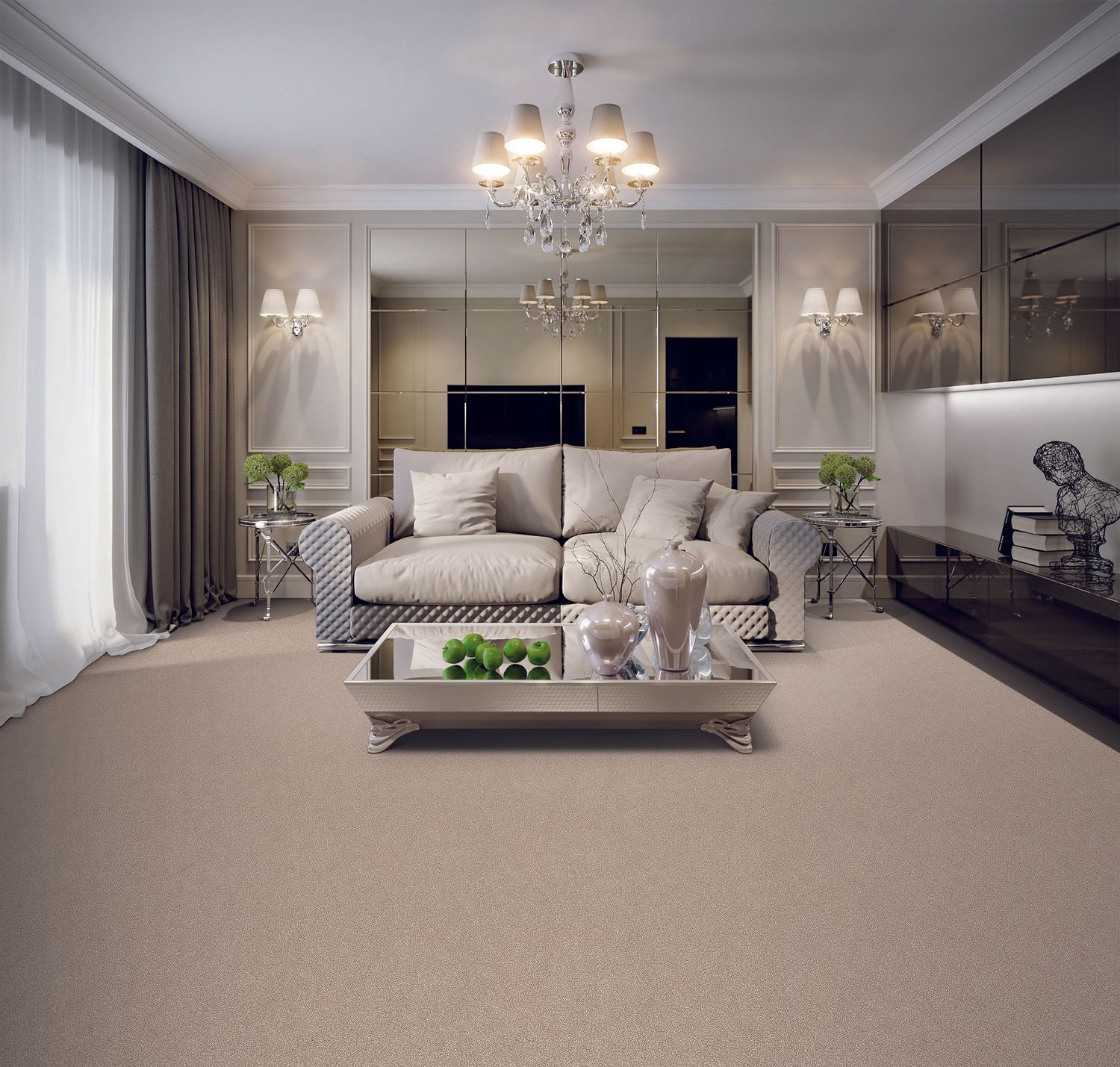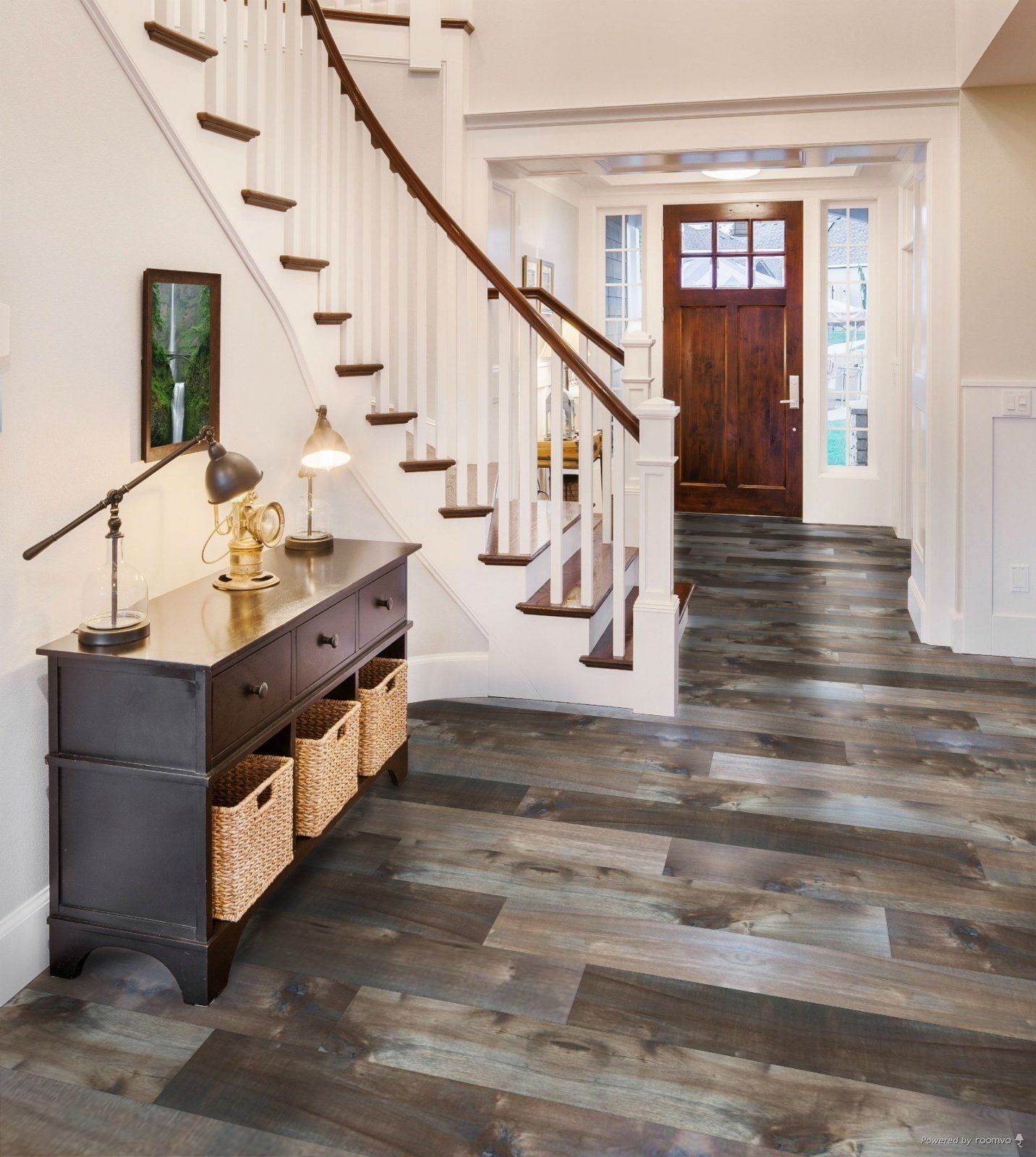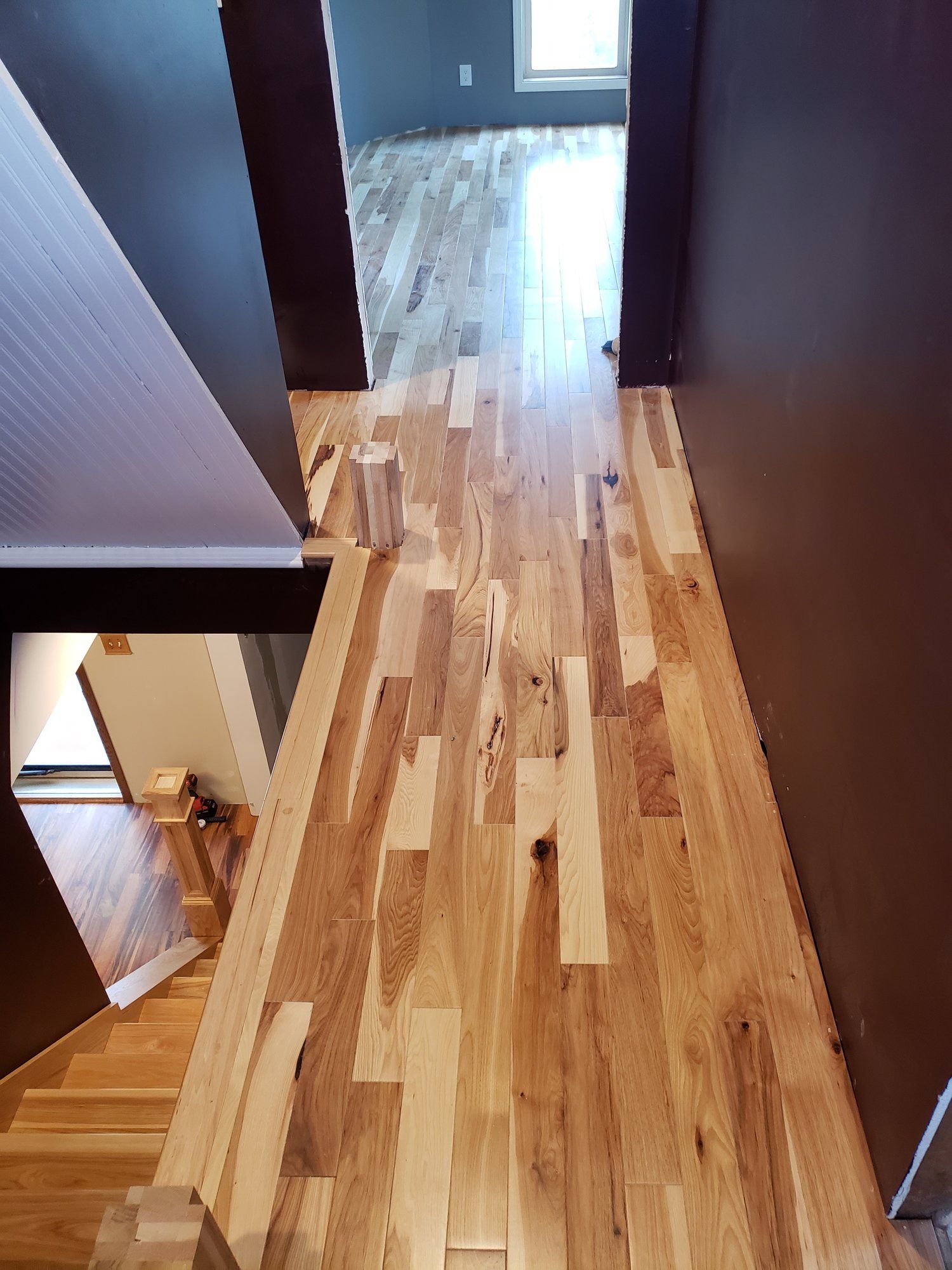After the floor is prepared, the sanding begins. The first cut is done with coarse-grit papers to remove old coatings and to make the floor flat. The differences in height between the boards are removed. The large sanders are used across the grain of the timber. The most common paper used for the first cut is 40 grit. The areas which cannot be reached by the large sanders are sanded by an edger, at the same grit paper as the rest of the floor. If filling of holes or boards is desired this is the stage where this is usually done. 80 grit papers are usually used for the second cut. The belt sander is used inline with the grain of the timber in this cut. A finishing machine is then used to create the final finish. The grit paper used is of personal preference, however 100-150 grit papers are usually used.
The sanded floor is coated with polyurethane, oils, or other sealants. If it is an oil-based sealant, then it is highly poisonous, having a high volatile organic compound content, so wearing a suitable respirator mask is recommended.
Issues
Sanding removes all patina, and can change the character of old floors. The result does not always suit the character of the building. Sanding old boards sometimes exposes worm eaten cores, effectively ruining the floor's appearance. This can reduce the sale price, or even cause the floor to require replacement. Sanding removes material, and timber floors have a limit to how much they can be sanded.
UV Finishing:
Traditionally, customers who wanted job-site finished wood flooring always had to compromise in a couple key areas. They've had to wait to get back on the floor while the finish cured enough to move the furniture and rugs back on the floor, and they've also had to sacrifice some durability. That isn't necessarily the case anymore, though: UV finishes that can be cured on the job site are now available, and using them has created a real competitive advantage for my wood flooring contracting business.
What is essential for UV-curable finishes is UVa and UVb light-the same light spectrum that cures most factory-finished flooring. These portable systems (coupled with water-based UV finish) essentially allow us to bring the prefinished finish technology to the job site.
The equipment is quite simple: It consists of a power supply and UV lights. Once the finish is dry to the touch, you roll the machine over the floor to instantly cure the finish.
There are about five manufacturers of the lights and two distinctly different types of lights. One is a "hot restrike" setup, which is achieved through the use of continuous wave xenon lights; it does not require warm-up and cool-down cycles before and after turning the light on and off. The other is a high-pressure mercury light, which does require warm-up and cool-down cycles (about 30-45 seconds). Both systems are proven to work and are available in 110- and 220-volt configurations, with lamp heads from 12 to 26 inches, in both automatically and manually driven configurations. Handheld lamps are also used to "cut in" the hard-to-reach areas and come in handy when getting started or when site-curing steps. When using any of the UV machines, it is extremely important to protect your eyes and your skin from exposure to the light.
Job-Site UV Finish
The finish, just like the equipment, is also quite simple. You apply it just as you would any other water-based finish, and just as with all non-UV water-based finishes, you must think in terms of "dried" and "cured."
The biggest misconceptions about UV finishes are that they do not dry on their own and that they are not compatible with many stains, sealers, water-based finishes and prefinished products. Neither is true. They do dry on their own without UV light, enabling the flooring contractor to walk on the floor, if needed, to plug in the UV lights if there is no power access beyond the wood floor. And, like all other commercial water-based finishes, there is a chemical process during the curing stage that, in effect, plasticizes the coating with a catalyst or hardener serving as the second component. In non-UV coatings, we use organic compounds such as isocyanate and aziridine to, in part, speed the curing process and add to the coating's durability. With UV finishes, the catalysts are photo initiators and oligomers that break down the low-density molecules upon exposure to the UV light, causing polymerization. The result is an impermeable, chemically resistant, extremely durable film comparable to the finish on prefinished flooring.








